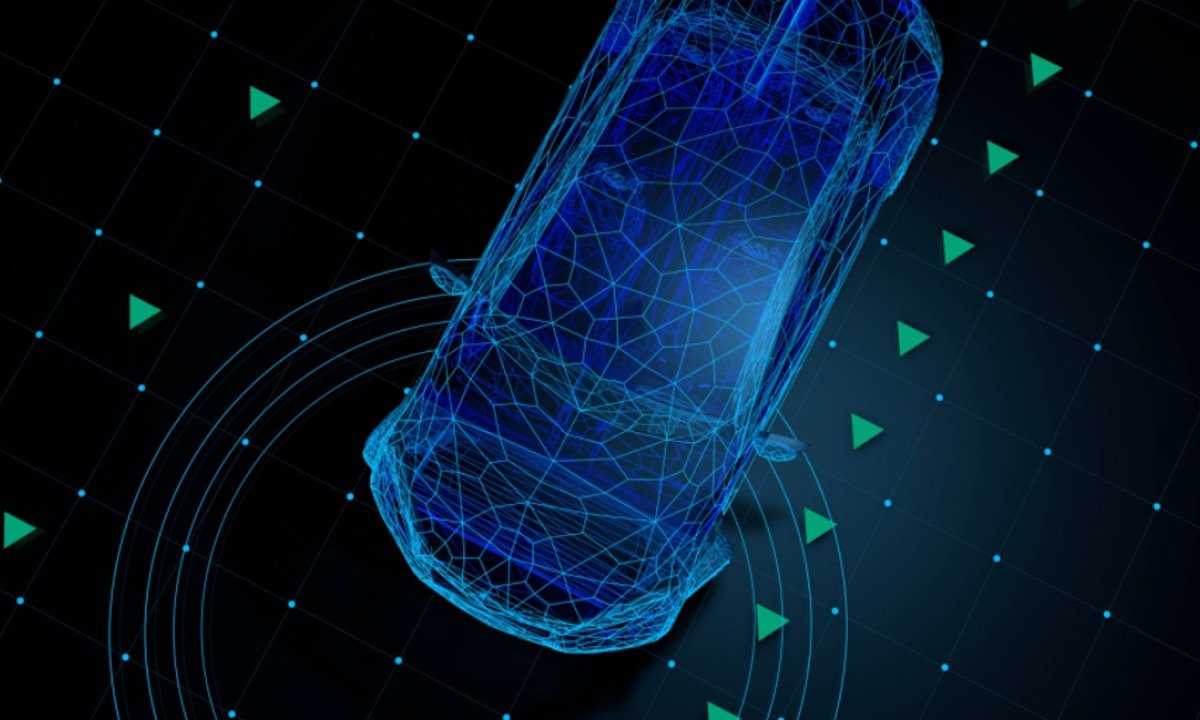GRATIS
University of Colorado Boulder vía Coursera
GRATISModeling of Autonomous Systems
Acerca de este curso
- Course Introduction
- In this introductory module, we delve into the world of autonomous and cyber-physical systems, their significance, structure, and applications. By studying real-world examples, such as the Ariane 5 rocket failure, adaptive cruise control, and self-driving cars, we will grasp the foundational understanding of the importance of modeling in autonomous systems. Moreover, we'll discuss key components of these systems, the tight interaction between hardware and software, and the ubiquity of autonomous systems in various sectors.
- Foundations of Autonomous Systems Modeling
- In Module 2, we delve into the nuances of system modeling. Through instructional videos, students grapple with system definitions, state diagrams, and transition systems. Relevant assignments further solidify this knowledge. Real-world examples, like the Northeast Blackout of 2003, underscore the importance of precise modeling, while practical systems such as a Beverage Vending Machine and Turnstile illustrate core concepts. A truly academic journey into the essence of system modeling awaits.
- Modeling Physical Systems and Hybrid Systems
- Module 3 introduces students to the fundamental principles of modeling dynamic systems, focusing on translational mechanical systems, rotational mechanical systems, and analog circuits. Emphasizing the mathematical relationships underlying these systems, the course progresses into more specific examples and dives deep into timed and hybrid automata, providing a comprehensive understanding of the role of timing in systems modeling.
- Systems' Behaviors and Composition
- Module 4 dives deep into understanding system solutions, behaviors, and various compositions. Learners will be introduced to the mathematical representations of systems and their behaviors. Through a series of engaging video content, learners will explore parallel, serial, and feedback compositions. Additionally, the module provides practical assignments to enhance comprehension and a detailed study of system modeling.
Cursos relacionados

GRATIS Aprendiendo a aprender: Poderosas herramientas mentales…
Deep teaching solutions
Español

GRATIS Programación para todos (Introducción a Python)
University of Michigan
Inglés

GRATIS The Science of Well-Being
Yale
Inglés

GRATIS Negociación exitosa: Estrategias y habilidades esenciales
University of Michigan
Inglés

GRATIS Primeros Auxilios Psicológicos (PAP)
Universitat Autónoma de Barcelona
Español



